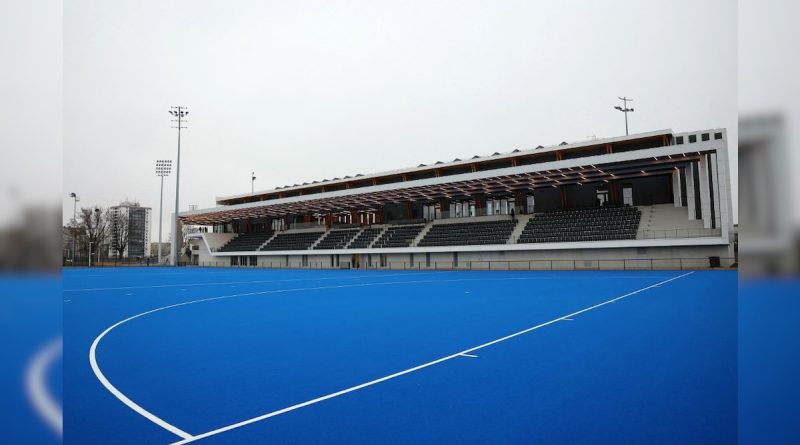Paris Olympic Village Ready On Time As Confidence Grows | Other Sports News
The organisers of the Paris Olympics are set to take the keys for the athletes’ village on Thursday a day ahead of schedule, reinforcing growing confidence that they will be ready for the Games. An inauguration ceremony at the sprawling site in northern Paris will see President Emmanuel Macron attend as guest of honour, alongside chief organiser Tony Estanguet and a smattering of French athletes. The roughly 40 low-rise tower blocks will house around 14,000 people over the course of the Olympics, which kick off on July 26, and another 9,000 during the Paralympics afterwards.
The handover target of March 1 for the crucial piece of Olympics infrastructure has been respected, demonstrating that France was “capable of delivering on time”, an advisor to Macron told reporters this week.
“Deadlines have been met despite the complexity of the site… Covid and despite the war in Ukraine,” the advisor added on condition of anonymity.
Only 3.0 percent above budget when inflation is taken into account, according to Macron’s office, the village is also seen as further evidence that the Paris Games can avoid the pitfalls of past editions.
Wasteful over-spending and extravagant “white elephant” infrastructure have tarnished the reputation of the Olympics, most recently in Rio in 2016 where the village fell vacant afterwards.
Concerns about climate change have also led activists to target the enormous carbon footprint of an event that brings together athletes and spectators from across the world every four years.
Opinion polls suggest a majority of French people still support the Paris Games, though expensive tickets, political bickering and disruption to life in the capital have soured the mood recently.
Regeneration
Paris organisers see themselves as promoting a new “sober” model for the Olympics, with a focus on using existing sporting infrastructure, as well as promoting recycling, re-use and innovative new technologies.
Paris’ bid promised that the city would use existing or temporary sporting infrastructure for 97 percent of its needs and its carbon emissions would be half of previous editions.
The village is the single biggest new-build project, located on a site by the river Seine that is a focus for regeneration efforts in the economically deprived Paris suburb of Seine-Saint-Denis.
“We made a promise: that we would create above all a new neighbourhood for Seine-Saint-Denis rather than an Olympic and Paralympic village,” said Laurent Michaud, director of village operations for the organising committee.
The tower blocks containing the 2,800 apartments each have a different design, which is intended to underline the “architectural variety” that is seen as a marker of European cities.
Roughly two thirds of the 2.0-billion-euro ($2.2 billion) budget has been provided by private real estate companies.
After the Olympics, most of the accomodation will be sold off to private homeowners, while at least a third will be used for public housing, and others will become student accommodation.
‘Model village’?
By using low-carbon concrete, wood structures, and renewable geothermal heating, organisers claim the village will create around half the amount of carbon emissions over its lifetime compared with an equivalent built with standard construction techniques.
“We had the intuition — and we think we’ve proved it — that we could provide a sort of template, a demonstration, that dense urban spaces have a future in the 21st century,” Nicolas Ferrand, head of the Paris infrastructure group Solideo, told reporters recently.
The village was a “coherent model of the best things we can do at the start of the 21st century, even a bit ahead of time,” he added.
Other innovations include a mini water-processing plant to recycle water that will be used on the more than 9,000 trees and shrubs that are set to be planted on the site.
Some pavements have been made from oyster and other seashells to absorb heat, while the beds to be used by athletes are made out of reinforced cardboard and recycled fishing nets.
Organisers are set to spend the next four months fitting out the village with more than 300,000 items of furniture and decoration.
(This story has not been edited by NDTV staff and is auto-generated from a syndicated feed.)
Topics mentioned in this article





